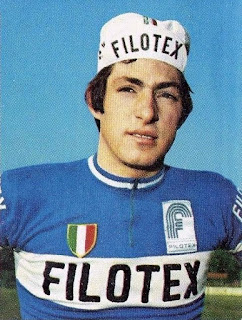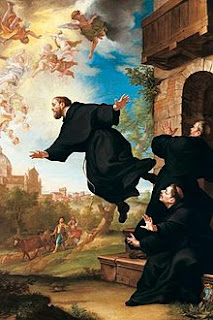Francesco Moser - Giro d’Italia winner
Only two riders have won more races
The cycling champion Francesco Moser, winner of the 1984 Giro d’Italia and the 1977 World road racing championship among 273 road victories in his career, was born on this day in 1951 in Palù di Giovo, a village about 10km (6 miles) north of Trento in northern Italy. Only the great Belgians Eddy Merckx (525) and Rik Van Looy (379) won more road races than Moser, who was at his peak during the late 1970s and early 1980s. One of his proudest achievements was to break Merckx’s record for the greatest distance covered in one hour. He became renowned as a specialist in the so-called Monuments, the five road races among what are generally termed the Classics considered to be the oldest, hardest and most prestigious one-day events in cycling. Of those events, Moser won the Paris-Roubaix three times, the Giro di Lombardia twice and the Milan-San Remo once. Read more…
_________________________________________________________________
Pier Angeli - Hollywood star
Actress hailed for talent and beauty died tragically young
The actress Pier Angeli, a Hollywood star in the 1950s and 60s, was born on this day in 1932 in Cagliari, Sardinia. She won awards in Italy and in America at the start of her career, when she was likened by some critics to the Swedish-born star Greta Garbo. Described by the actor Paul Newman as "the most beautiful Italian actress of the century", Angeli was also a fixture in the gossip columns. Linked romantically with a number of Hollywood's leading male actors, she dated Kirk Douglas and became close to the celebrated 'rebel' James Dean before marrying another star, the Italian-American actor and singer, Vic Damone. It would be the first of two marriages. Born Anna Maria Pierangeli, the daughter of an architect, she had a twin sister, Maria Luisa, who would also become an actress. Her mother, Enrica, used to dress the girls to resemble the American child star, Shirley Temple. The family moved to Rome when she was three. Read more…
___________________________________________________________________
Francesco Baracca – flying ace
Italy’s most successful First World War fighter pilot
Italy’s top fighter pilot of the First World War, Francesco Baracca, died in action on this day in 1918. He had been flying a strafing mission against Austro-Hungarian ground troops in support of an Italian attack on the Montello Hill, about 17km (11 miles) north of Treviso in the Veneto, on which he was accompanied by a rookie pilot, Tenente Franco Osnago. They split from one another after being hit by ground fire but a few minutes later, Osnago saw a burning plane falling from the sky. Witnesses on the ground saw it too. Osnago flew back to his base but Baracca never returned. Only when the Austro-Hungarian troops were driven back was the wreckage of Baracca’s Spad VII aircraft found in a valley. His body was discovered a few metres away. A monument in his memory was later built on the site. Read more…
_________________________________________________________________
Marisa Pavan - actress
Twin sister of tragic star Pier Angeli
The actress Marisa Pavan, whose twin sister Pier Angeli was a Hollywood star in the 1950s and 1960s, was born on this day in 1932 as Maria Luisa Pierangeli in Cagliari, Sardinia. Pavan’s career ran parallel with that of her sister, who was born 20 minutes before her, but she rejected the re-invention as an ultra-glamorous starlet that Pier Angeli underwent within the Hollywood studio system. She turned roles down when she felt they did not have enough substance and did not hesitate to sack agents if she felt they were putting her forward for unsuitable parts. She refused to sign up to any one studio. Her biggest success was The Rose Tattoo, the 1955 film adaptation of a Tennessee Williams play in which she played the daughter of the central character, played by Anna Magnani, one of postwar Italian cinema’s most respected actresses. Magnani won an Oscar for Best Actress for her portrayal of a Sicilian widow, with Pavan receiving a nomination for best supporting actress. Although that award went to someone else, she did have the substantial compensation of winning a Golden Globe for the role. Read more…
Home
























